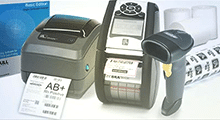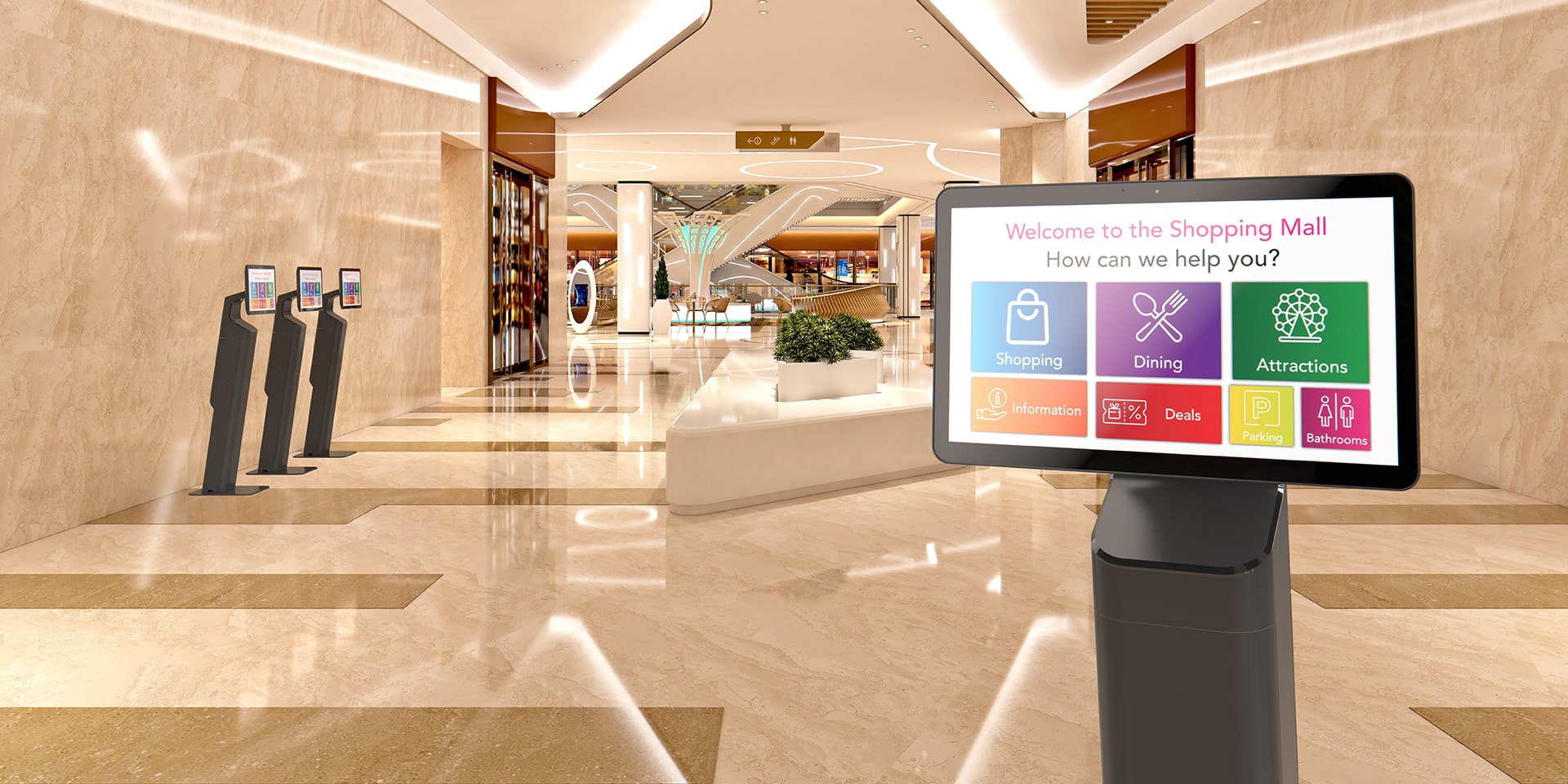In order to meet the demand across the supply chain and to move cargo quickly, it is vital to have a wireless network in your warehouse that is not just reliable, but nearly indestructible. Operations that have implemented an industrial-grade wireless infrastructure are better positioned and have a competitive advantage over companies using outdated networking technology. A robust wireless warehouse implementation also positions enterprises to better respond to new customer demands, and to incorporate new technologies like robotics and the Internet of Things (IoT) into their operations.
Making sure your wireless system is maximizing your warehouse productivity is essential to success—dropped signals and slow network performance can make even the newest devices seem sluggish and can decrease productivity.
If your wireless warehouse implementation isn’t providing the efficiency and productivity improvements you were expecting, you likely need the help of an outside expert to conduct a wireless site assessment and determine the cause of your productivity problems. For new installations and existing networks, there are four key elements that can help ensure a successful wireless warehouse implementation:

1. Planning and Design
Whether you are embarking on a new wireless deployment, or you are working to optimize your network infrastructure, professional site/network evaluation and data collection is the first step to planning and design. Working with an experienced consultant, tour your facility and begin collecting the data required to properly plan the network.
This process may involve collecting data to discover inefficiencies in current infrastructure, or collecting data to map out the infrastructure for new network. At Peak Technologies, our team of experts utilizes tools such as the AirMagnet suite of wireless analysis tools, WiSpy Spectrum Analysis and ancillary documentation (including photos, access point and MDF_IDF locations, measurements, etc.) to provide a clear picture of your facility’s wireless needs.
A wireless network site survey will identify where the WiFi access points should be installed in order to avoid dead zones, and exactly how many access points you’ll need to provide comprehensive coverage.
During this process, you should carefully consider the environment and obstacles that could result in interference or poor wireless coverage: high ceilings, racks, shelves, pallets, machinery, power lines and more.
2. Platform and Architecture
With the site survey and other data in hand, you can work with your technology partners to interpret the data and formulate an action plan for the implementation. The next step is to identify the wireless platform for your facility.
Selecting the right platform and architecture is another critical component if you expect a successful wireless warehouse implementation. The wireless network in a warehouse is more complex than the one in your home or office, which is why you should invest in industrial-grade access points that provide interference mitigation, a stronger signal, and rugged housings that can survive the distribution environment.
Intelligent wireless networks can automatically recognize obstacles and adjust channels and power levels to compensate. In some systems, the access points can identify when there has been an antenna failure, and then reconfigure the network to compensate for the lapse in coverage until the problem can be fixed.
Wireless controllers also play an important role in this infrastructure, by tracking devices connected to the network and forwarding credentials as those devise move across the facility.
When selecting a platform or architecture, consider factors such as:
- Size of the physical location
- How the network is intended to be used
- The environment and performance expectations of the network
- The number and type of devices/clients that will be on the wireless LAN
3. Equipment and Standardization
The equipment used within your network architecture is essential to ensuring your success. In addition to selecting hardware that is designed for warehouse implementations, it’s important to standardize that equipment as much as possible to ensure an easier implementation and greater reliability over time.
This is particularly important as shift to the newer WiFi 6 standard in supply chain applications. Legacy devices may not support these upgraded networks (and in some cases, can even degrade the performance of the network). This faster, stronger WiFi standard is being deployed to help keep up with the migration toward Android OS-based mobile devices in the warehouse.
As much as possible, utilize standardized mobile devices, or at least devices that share the same wireless requirements and characteristics. It’s also important to avoid using consumer products that are more likely to fail in demanding warehouse environments.
4. Management and Monitoring
A frequently-overlooked component of a successful wireless warehouse implementation is the use of management and monitoring tools. Spotty connections, internet outages and configuration mistakes come at a high cost in warehouse operations. Management/monitoring solutions can help prevent and mitigate these issues.
Theses solutions can help measure network and device performance, establish a baseline of acceptable performance, and then provide ongoing support to ensure productivity.
Monitoring solutions will keep track of device and access point status, issue alerts when there are connection failures or a drop in network speeds, and make it easier for the IT staff to proactively address these problems before there is a catastrophic failure that leads to costly downtime. Monitoring solutions also improve security by quickly identifying network breaches or rogue access points.
Conclusion
An effective and reliable wireless system in your warehouse is an essential part of an efficient and profitable operation. As a greater variety of devices join the network—mobile computers, barcode scanners, printers, robotics systems, material handling equipment, sensors, signage, and more—there is even greater strain on the WiFi infrastructure. Your warehouse can’t afford a network failure or poor connectivity.
By planning thoroughly, selecting the right equipment, and putting the right monitoring/management solution in place, you can ensure optimal warehouse wireless network performance. However, you can’t do it alone. You’ll need help from an experienced team of wireless experts.
Contact Peak Technologies today to get started on your successful wireless warehouse implementation.




































